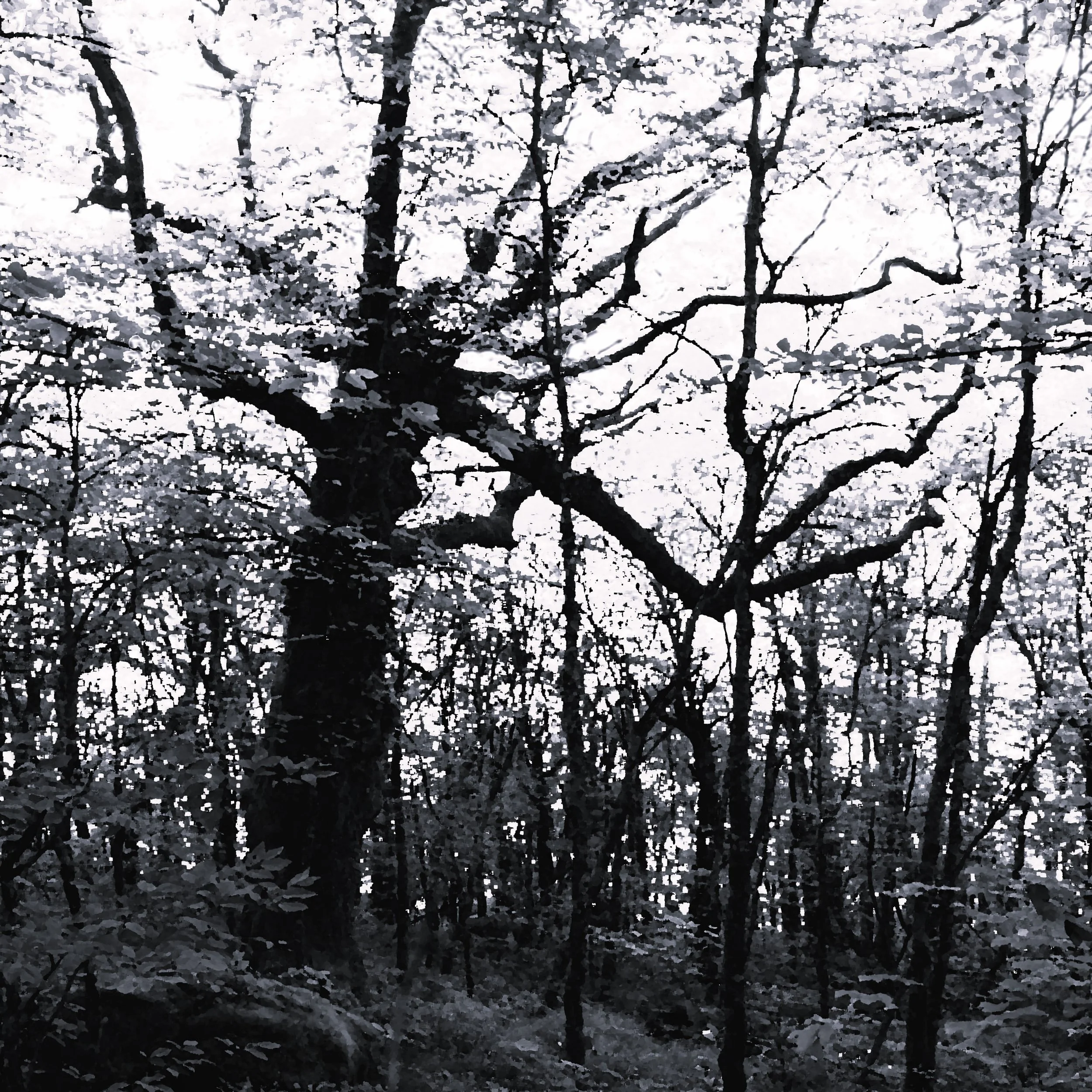What follows is an account of the late winter preparatory work done on a trident maple (Acer buergerianum) in a developmental phase. This same specimen has twice before been featured in the Curator’s Journal. The tree is revisited in this entry, on the cusp of its fourth growing season of bonsai development.
Read MoreThree Asian species — Japanese maple (Acer palmatum), trident maple (Acer buergerianum) and Amur maple (Acer ginnala) — are all considered excellent for bonsai use. Why not red maple, which is abundantly available in Western North Carolina? The answers I heard from bonsai people I asked were so emphatically negative I became leery of even asking.
Read MoreThe little red maple trees in the tray landscapes grew and presented a set of options with the multitude of parts they produced. In shaping them I relied entirely on the cut-and-grow method, using no training wire. With a pair of scissors I went about imagining life stories for the landscape trees, making choices as to what parts were lost and what path the canopy branches followed in their unending quest for sunlight.
Read MoreIt turned out that keeping this elm under control while giving it the freedom of growing in the ground was not practicably possible. When I cut it back in the spring the tree would simply explode with new growth, as if it would just as soon be a big bushy shrub if I wasn’t going to let it climb up to the sky.
Read More


